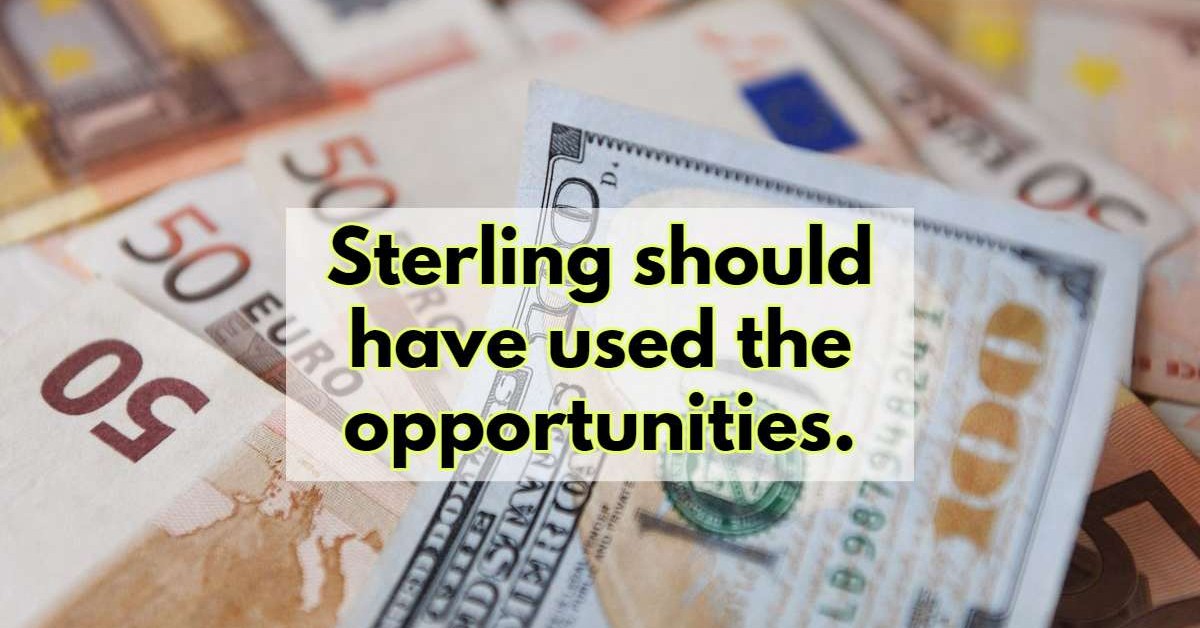According to data published Tuesday, March 7, UK Halifax House Prices Rose by 1.1% in February, 3-Year Treasury Gilt Auction raised to 4.151%, and Mortgage Rate in February increased to 7.02%. In addition, Retail Sales and Construction PMI beat Estimates.
While UK headline inflation cooled and dropped to 10.1% year-on-year in January from 10.5% in December, the increase in the house price index and mortgage rates can not help the price reduction to continue efficiently. Therefore, these cooling inflation rates may remove some pressure on the BOE to continue its economic tightening. However, more reasons would be needed to convince policymakers to end the rate hike cycle.
So, considering Bailey's last comment, which said the following decisions will be data-based, we can expect at least a 25 bps rate hike in the next BoE policy meeting. Last Wednesday, BOE Governor Andrew Bailey delivered a speech; he refused to commit to further rate hikes but did not rule out the possibility that further rate increases might be necessary.
If price pressure forces the central bank to raise the rates, with the slowing GDP seen in recent months, the recession will be undeniable. The British economy contracted by 0.5% in December, more pessimistic than the 0.3% expected. Preliminary GDP for the final quarter of 2022 showed stagnation, while GDP for 2022 came in at 4.1%. Remember that the IMF also downgraded the UK's growth forecast and expects a 0.6% shrink this year, consistent with BOE forecasts.
The Sterling traded sideways against the dollar this year, with GBP/USD fluctuating around 1.185 - 1.25. If the GBP/USD rate goes up, it may encounter resistance near 1.214, while support may be near 1.185. From the technical point of view, with trading under 20-DMA and OBV trend line, the Cable has a down trade shape.


















